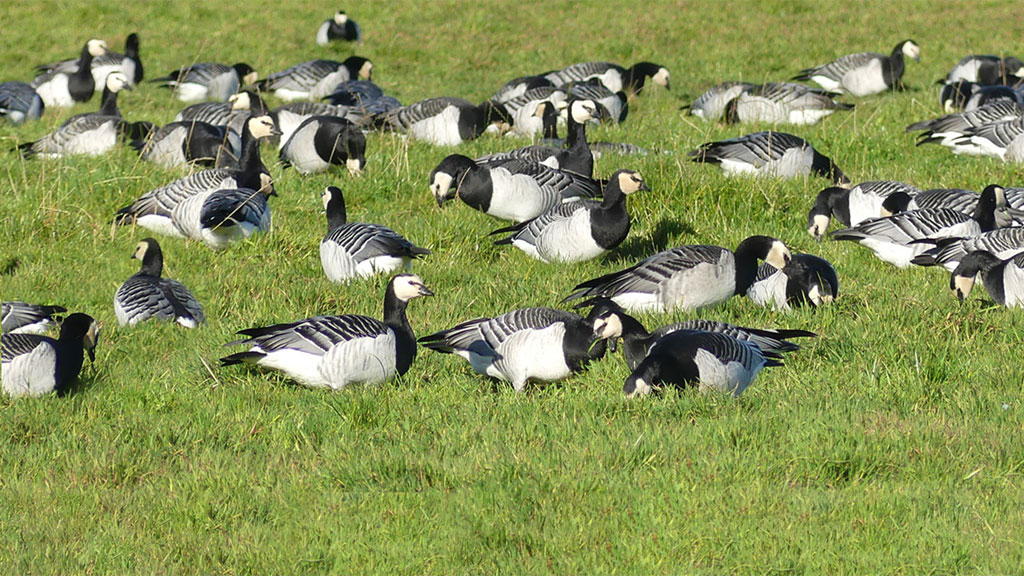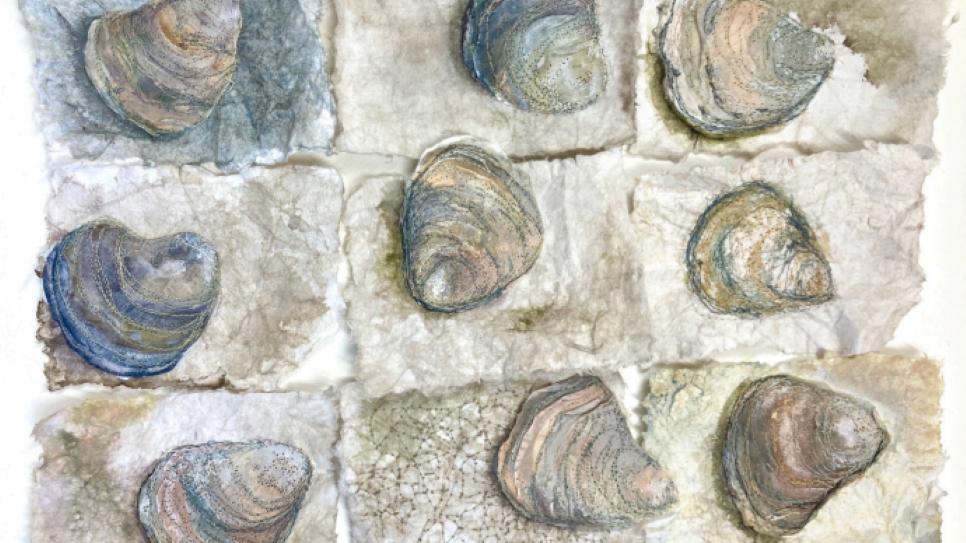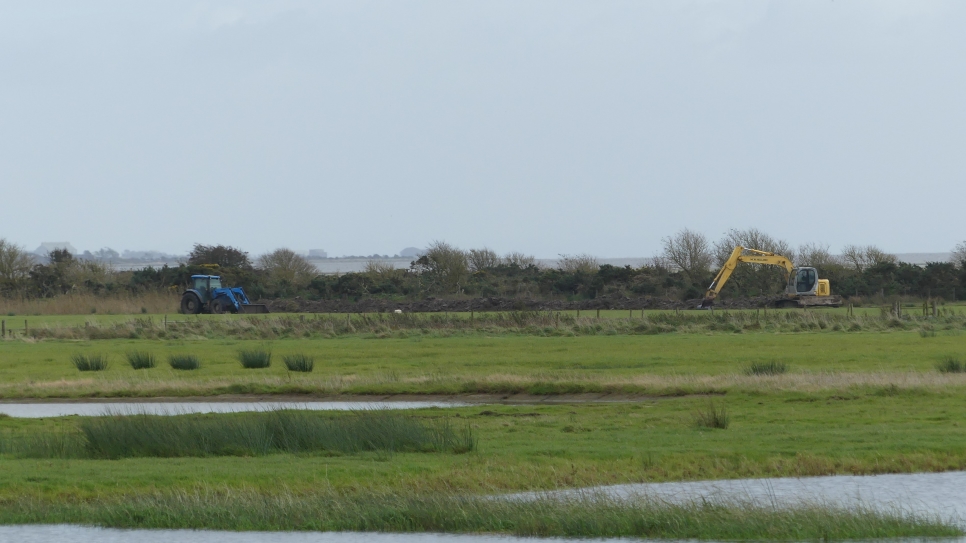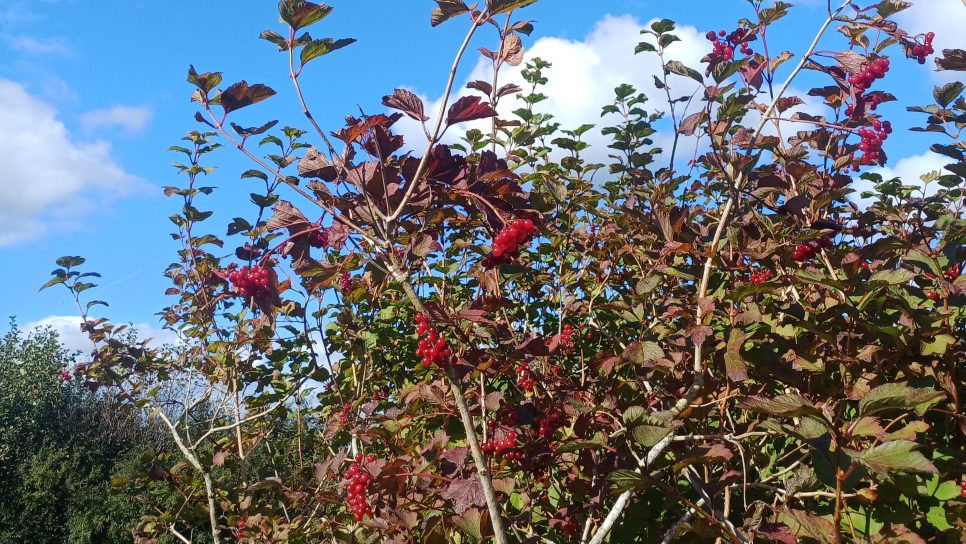Autumn Equinox
The autumn equinox is a signal for migration to begin!
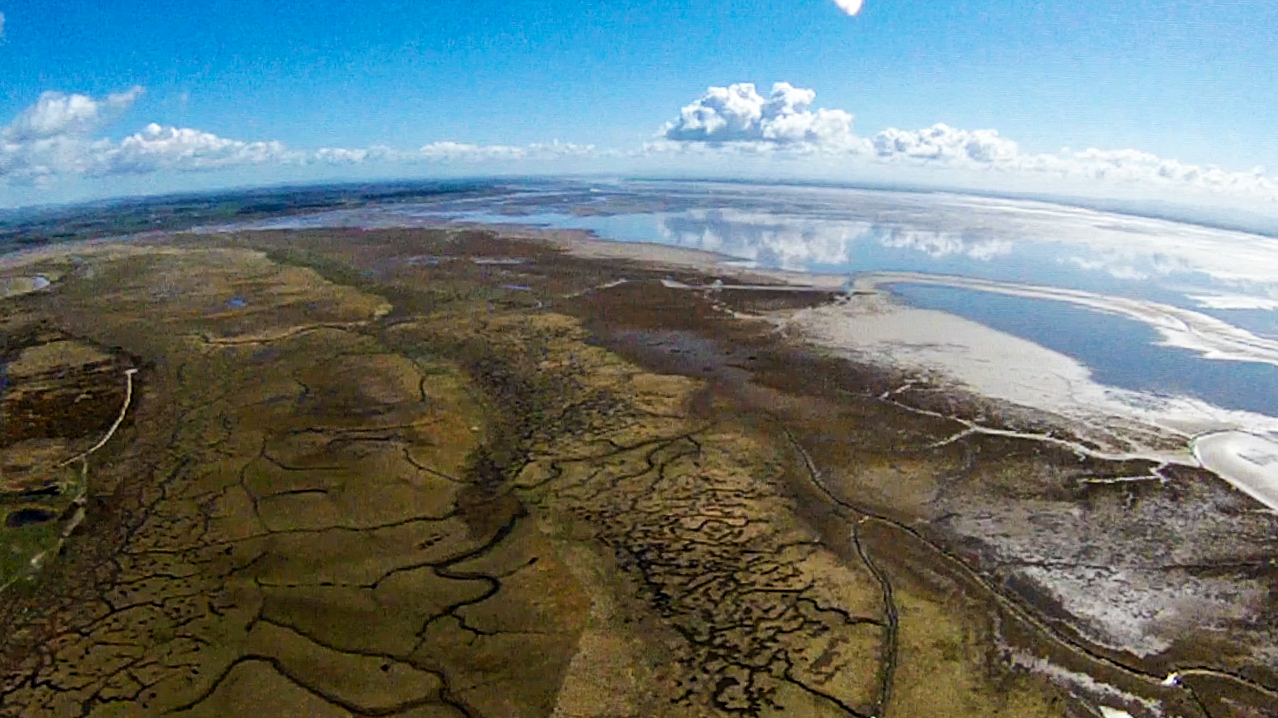
The 22nd September is the autumn equinox! Equinox means ‘equal night’ in Latin and all over the world, on that day, there are 12 hours of daylight and 12 hours of night!
The equinox and solstice mark the start of the changing seasons and the autumn equinox is the time the barnacle geese begin to return to the Solway for their winter break!
Many animals time their migration, not to the varying weather patterns but to the lengths of day and night. As this changes in September, it signals to them that it is time to leave their summer breeding grounds in the north and migrate south to warmer climes, where they are more likely to survive the winter and there are better feeding grounds.
This is an important time at WWT Caerlaverock, because the Solway Firth and the WWT Caerlaverock reserve support thousands of wintering geese, ducks, waders and swans from late September until April. The Solway mudflats are an important source of food, with millions of invertebrates and crustaceans living in the mud and sand, which the birds feed on.

Photo credit: Sam Stafford/WWT
Up to 20,000 Pink footed geese arrive from Iceland along with whooper swans and wigeon, 40,000 barnacle geese arrive from Svalbard, tufted ducks arrive from Northern Europe and Russia, shoveler from Scandinavia and pintail from Scandinavia, Iceland and Northern Europe.
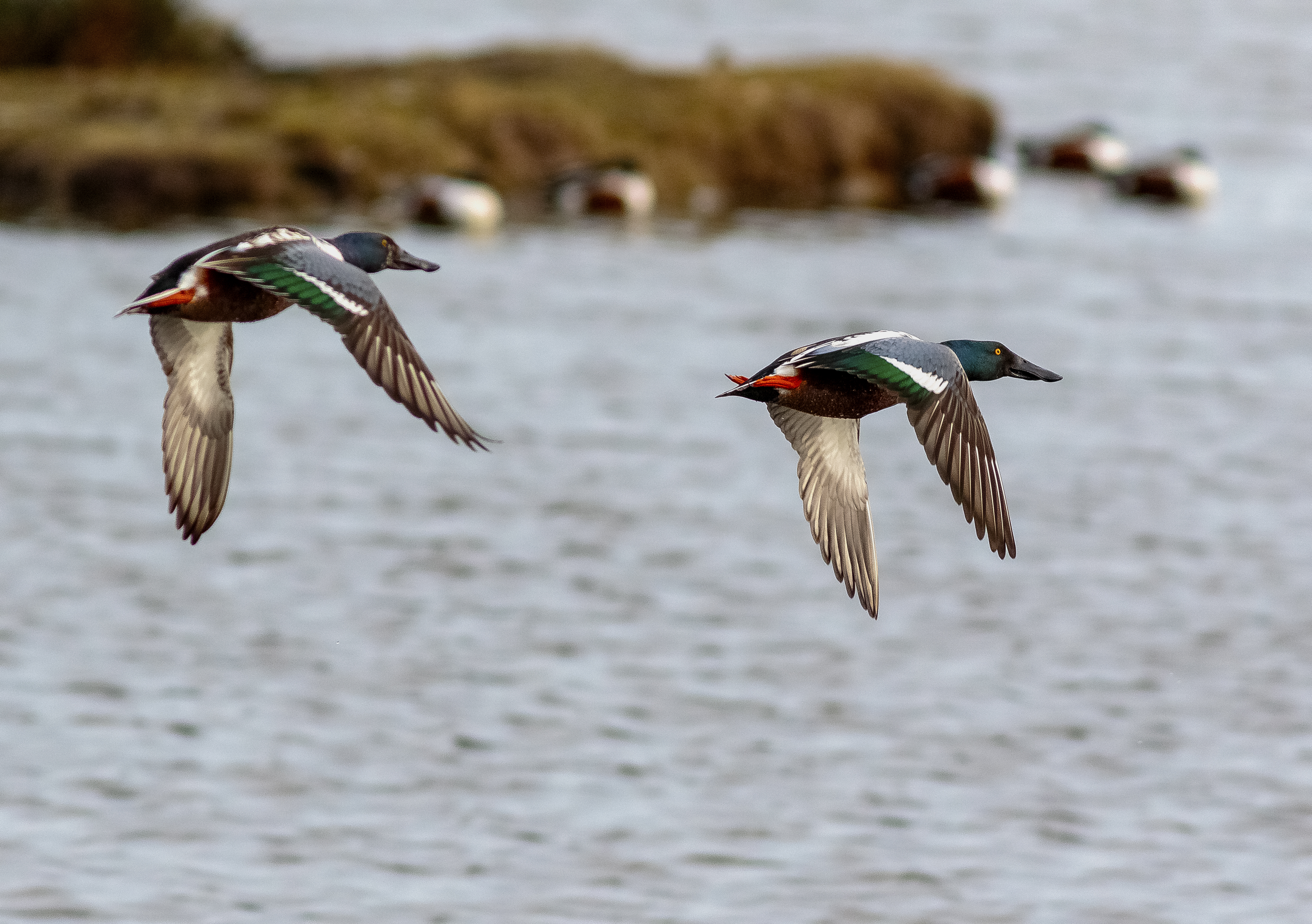
Photo credit: Alex Hillier/WWT
The next couple of months are an exciting time as all these birds arrive in the area!
